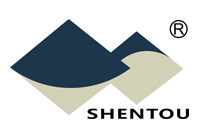CHINA AUTOMOTIVE SUPPLIER QUALITY MANAGEMENT BRIEFING
11/06/2018
Vol. 2, No. 11, November 2018

① QUALITY CHALLENGES & SOLUTIONS WITH YOUR SUPPLIERS IN CHINA
Critical aspects of machining process capability
for automobile spare part manufacturing (IV)
 For international buyers who are purchasing machined parts in China, it is important to have some basic understanding of the machining process capabilities of your suppliers.
For international buyers who are purchasing machined parts in China, it is important to have some basic understanding of the machining process capabilities of your suppliers.
The most critical elements that assure a sound process include people, tooling, material, process control, environment, testing, recording and marking. Naturally when you inspect or just visit your machining suppliers, you need to ask the appropriate questions in order to understand and evaluate the level of their capabilities.
One of the fundamental areas in the machining process is obviously the techniques employed. And the following are some of the key questions you want to check for yourselves or ask your suppliers:
1. Are technical documents in place with every process? Do the documents include the process parameters (machining allowance, positioning method, tool speed, feed rate, etc.), the equipment and tooling to be used, the quality requirement, the critical control points, and the process inspection standards (inspection items, frequencies, methods, etc.)?
2. Check to see the document expiration dates for each process and whether the documents have been timely updated for each process and if they are consistent with the control plans.
3. Are work and inspection documents available on-site at each relevant workplace? Are self-check forms also available and have they been completely filled in? Are the records of finished products inspection also complete?
4. Are production plans on-site? How batch management system is implemented with batch circulation cards?
5. Are the control lines on the process control charts reasonable, accurate and meeting the control requirements?
6. Have project process cards been updated timely with any previous changes?
7. Has on-site visual management included projects that have had quality issues before?
8. Are emergency response plans in place with effective measures to deal with emergencies?
Answers to the above question could help you understand your suppliers’ process capabilities so you can make sound evaluations of your machining suppliers.
By Felix SS YUAN
② CRITICAL FAILURE MODES / QUALITY CONTROL POINTS IN FOCUS
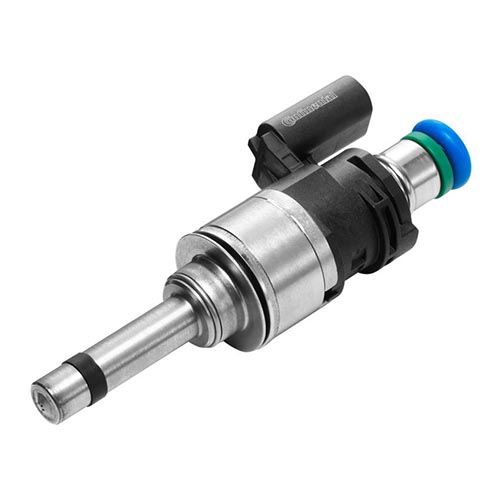
Fuel Injector
The fuel injector is a precision device receiving injection pulses from the ECU to control the fuel injection. It requires very high machining accuracy, such as a large dynamic flow range, strong anti-clogging, anti-pollution ability and good atomization performance.
The atomization particle size, oil mist distribution, beam direction, range and diffusion cone angle are the main spray characteristics of the product, which should meet the requirements of the diesel engine’s combustion system in order to make a perfect mixture formation and combustion and achieve higher power and thermal efficiency.
Primary failure modes for fuel injector:
1. Difficulty in starting;
2. Carbon deposition or blockage leading to insufficient power of vehicles;
3. Power imbalance and engine trembling;
4. Abnormal exhaust, white smoke or black smoke occur;
5. Needle valve worn-out and seal failure leading to white smoke accompanied by loud sound.
Key quality control points of the finished products:
1. Intact appearance without scratches, the connector has no signs of damage;
2. Smooth Spool movement;
3. The injection nozzle is flat and well-sealed.
4. Injection pressure test and atomization quality inspection.
By Carlos WJ.Lin
③ KEY CONCEPTS & PRACTICES IN SUPPLIER QUALITY MANAGEMENT
5MIE Analysis Method
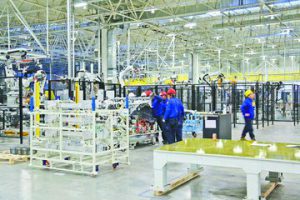 When identifying the causes of the quality issues, people often use the method of 5M, or sometimes 5M1E, in their systematic analysis.
When identifying the causes of the quality issues, people often use the method of 5M, or sometimes 5M1E, in their systematic analysis.
The 5M refers to the 5 causes of a problem, namely; manpower (physical or knowledge work), machines (equipment & technology), materials (raw material, consumables & information), methods (process), and measurement (inspection & environment). Sometimes a sixth element, the environment, is added to the list, i.e. 5M1E.
The 5M analysis method is a version of the Ishikawa diagram, which is a simple analytical technique to identify and subsequently analyze the causes and consequences. Ishikawa diagram is the brainchild of the Japanese professor Kaoru Ishikawa (1915 – 1989) who published the management method and analytical technique in 1982.
④ CHINA INDUSTRY & MARKET UPDATE
Cost of raw materials:
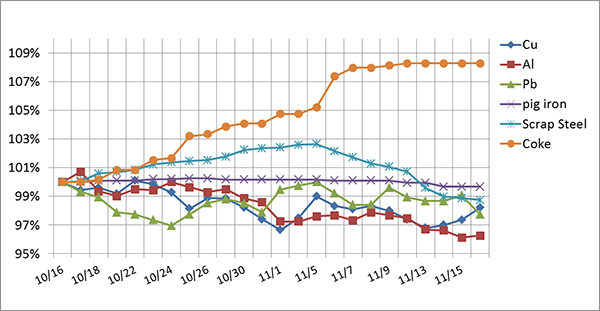
Exchange rates:
![]() USD/RMB: 1:6.95
USD/RMB: 1:6.95
![]() EUR/RMB: 1:7.88
EUR/RMB: 1:7.88
![]() RUB/RMB: 1:0.11
RUB/RMB: 1:0.11
November 2018
The above information is for reference only
⑤ IT HELPS TO KNOW...
Notable Industry Events
This November has witnessed increased backlog of international outbound ocean shipments from China, especially to the US.
Other than the usual year-end rush by both Chinese sellers and international buyers, as well as the industry fluctuation during 2018, the most notable factor contributing to the current problem is the additional US tariffs on Chinese imports, which has led to abnormal volumes of shipment by US buyers to avoid the expected higher tariffs rate effective on 1st January, 2019.
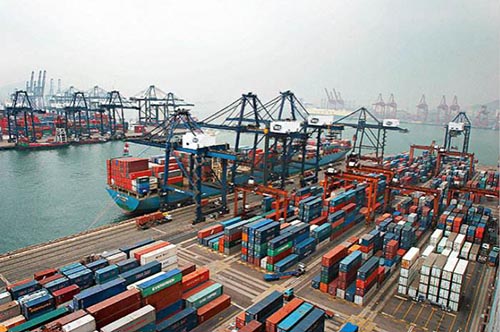
SHENTOU SUPPLY CHAIN MANAGEMENT CO. LTD. is a Shenzhen, China, based company serving international automotive clients in the implementation of their China strategies and programs. CHINA AUTOMOTIVE SUPPLIER QUALITY MANAGEMENT BRIEFING is a bi-monthly newsletter published by Shentou to address the specific and unique quality challenges and concerns international automotive companies face with suppliers in China. Comments are welcome at qms@shentou.com. Click here to subscribe.
